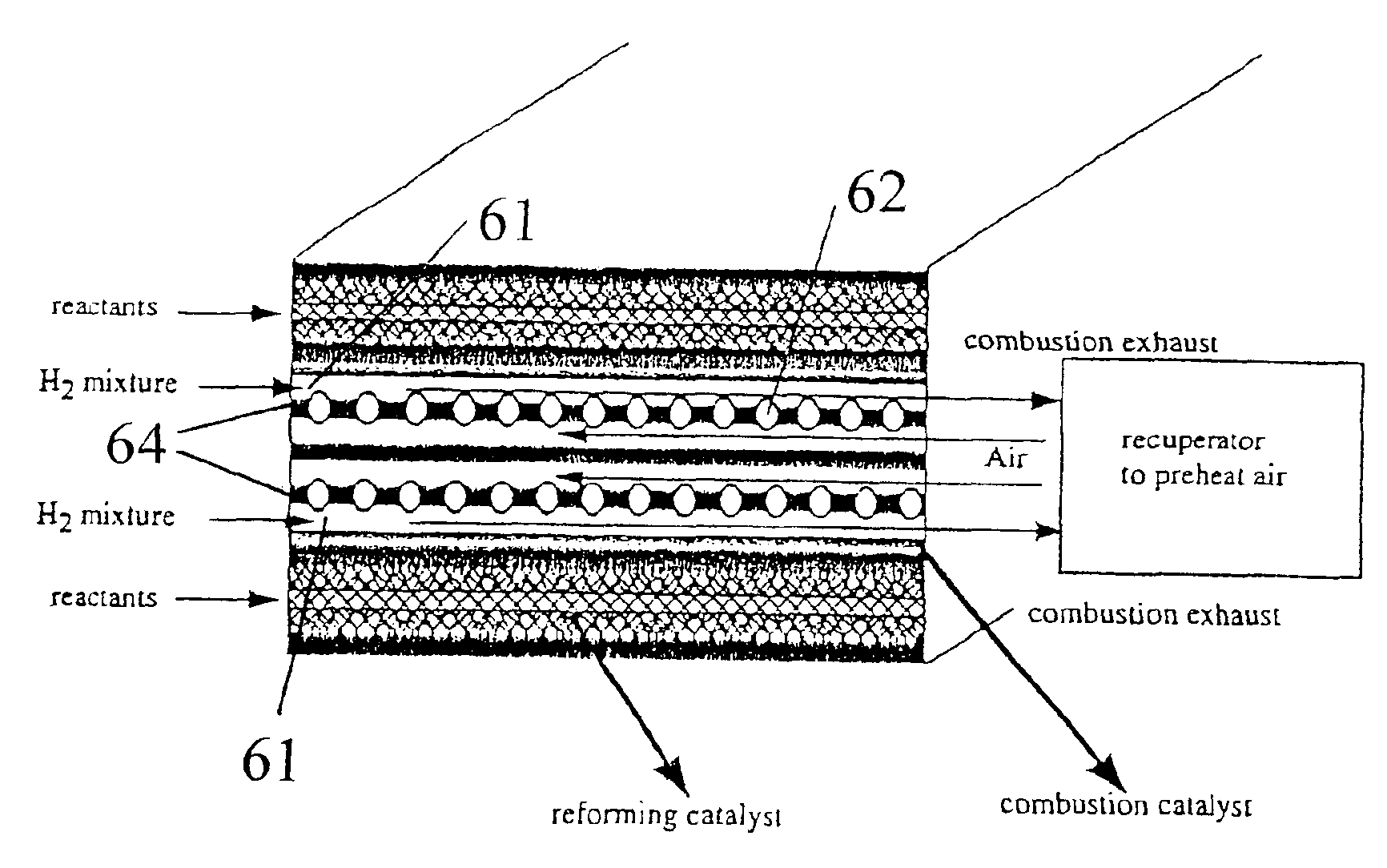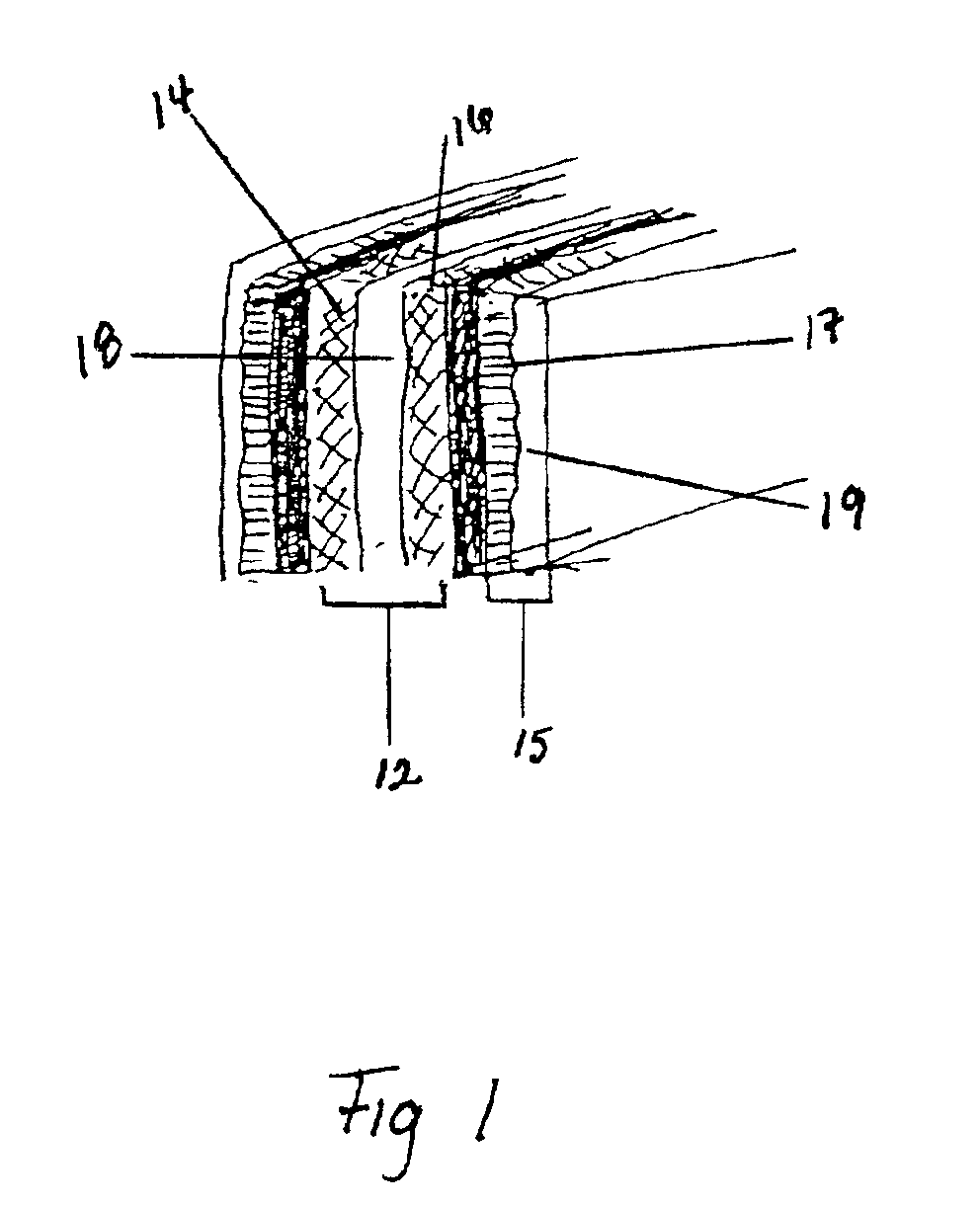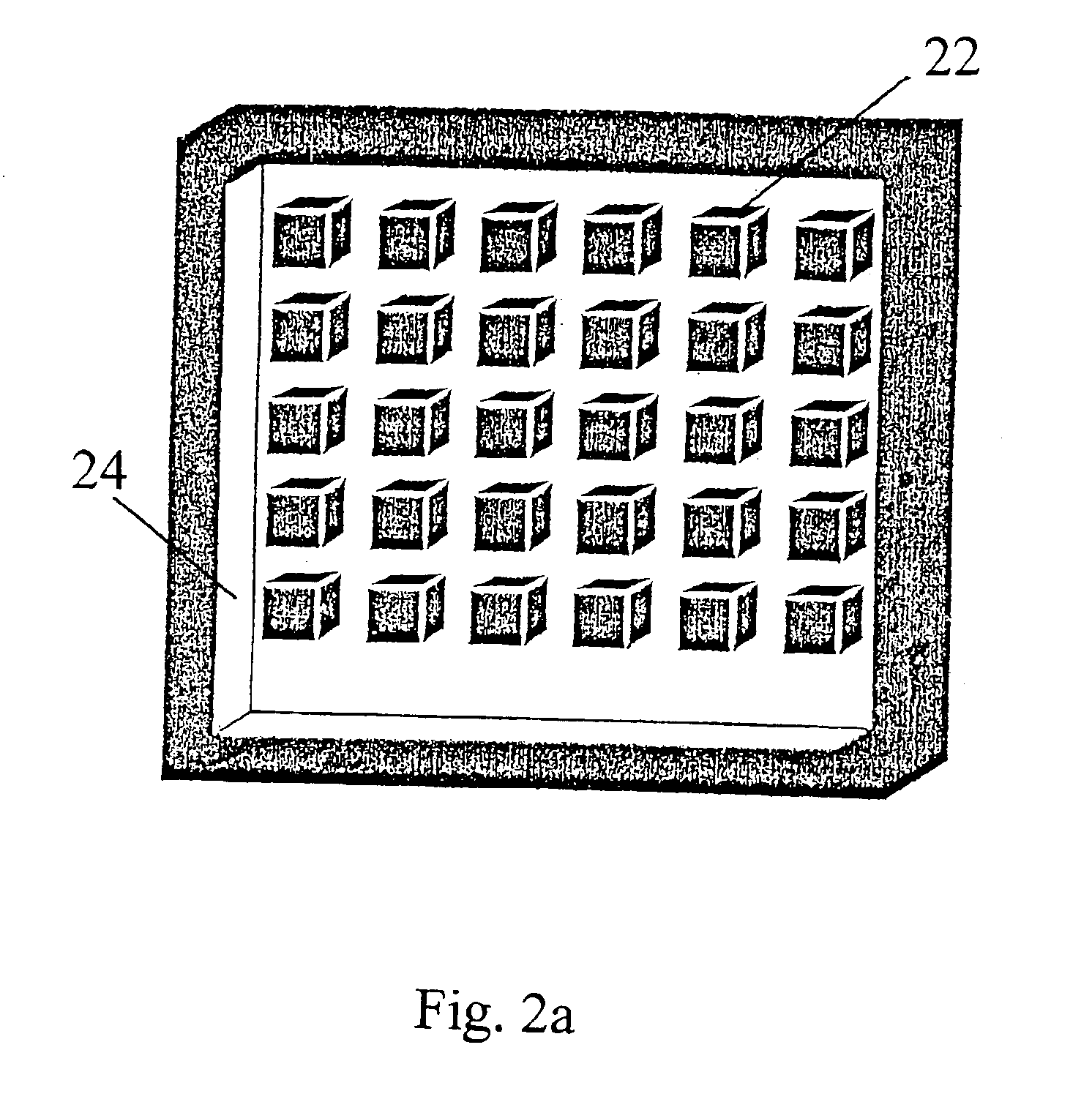Methods of conducting simultaneous exothermic and endothermic reactions
a technology of exothermic and endothermic reactions and reactors, which is applied in the direction of chemical/physical/physico-chemical stationary reactors, chemical/physical/physical-chemical production, and final product manufacturing, etc., can solve the problems of less effective use of channels having a minimum dimension of more than 2 mm, and achieve good yield, reduce contact time, and good performance
- Summary
- Abstract
- Description
- Claims
- Application Information
AI Technical Summary
Benefits of technology
Problems solved by technology
Method used
Image
Examples
example 1
Integrated Combustor Reactor (ICR)
[0085]This integrated catalytic combustor reactor was composed of a single methane steam reformer channel that shares a wall with a single catalytic combustion channel. Heat was transferred through this common wall from the hot (combustion) side to the cold (reforming reaction) side to drive the endothermic reaction. One design (version 1) of the ICR had no header or footer space for the combustion stream, instead introducing the unmixed combustion gases directly onto the catalyst. This was done to insure that homogeneous combustion did not occur upstream of the catalyst (i.e. in the header). A second design of the ICR (version 2) was fabricated which included a 0.25″ (6.4 mm) by 0.4″(10.2 mm) header and footer space on the combustion side, identical to those on the reformer side (see FIG. 8). This was done to reduce the likelihood of channeling on the combustor side and to more evenly distribute the flow (and thus the heat of reaction) over the ent...
example 2
[0105]This example describes the design, fabrication, and test results from a high efficiency, high-throughput small microchannel reactor in which heat producing (exothermic) and heat consuming (endothermic) reaction channels are immediately adjacent (integrated). Combustion of hydrogen in air was used as the exothermic reaction, while steam reforming of methane with a steam to carbon ratio of 3:1 was used as the endothermic reaction. A new ICR design (flow-by) was used which allowed for much higher throughput with minimal (i.e. <11 psi) pressure drop by allowing each reactant stream to flow in a narrow (0.125 mm) gap adjacent to the porous engineered catalyst. The new design included a central combustion zone (of two microchannels) flanked by a reformer channel on either side.
[0106]The ICR (see FIG. 13) used a shortened combustion catalyst bed (0.2″, 0.5 cm) to allow a combination of catalytic and homogenous hydrogen combustion. Hydrogen was only distributed across the channel widt...
example 3
[0120]This example describes the design and testing of a multichannel interleaved microchannel reactor in which heat producing (exothermic) and heat consuming (endothermic) reaction channels are interleaved (integrated) with each other. Combustion of hydrogen in air was used as the exothermic reaction, while steam reforming of methane with a steam to carbon ratio of 2:1 was used as the endothermic reaction. The pressure for both reactions was near atmospheric and operated at a pressure required to overcome the system pressure drop. For the SMR side, the typical operating pressure was 139 kPa (5.5 psig) and for the combustion side the typical operating pressure was also 137 kPa (5.2 psig). A flow-by design (flow-by) was used which allowed for much higher throughput with minimal (<0.2 bar, or 3 psid) pressure drop by allowing the reactant stream in each channel (whether exothermic or endothermic) to flow in a narrow (about 0.2 mm) gap between two layers of porous engineered catalysts ...
PUM
| Property | Measurement | Unit |
|---|---|---|
| Length | aaaaa | aaaaa |
| Fraction | aaaaa | aaaaa |
| Fraction | aaaaa | aaaaa |
Abstract
Description
Claims
Application Information
 Login to View More
Login to View More - R&D
- Intellectual Property
- Life Sciences
- Materials
- Tech Scout
- Unparalleled Data Quality
- Higher Quality Content
- 60% Fewer Hallucinations
Browse by: Latest US Patents, China's latest patents, Technical Efficacy Thesaurus, Application Domain, Technology Topic, Popular Technical Reports.
© 2025 PatSnap. All rights reserved.Legal|Privacy policy|Modern Slavery Act Transparency Statement|Sitemap|About US| Contact US: help@patsnap.com



